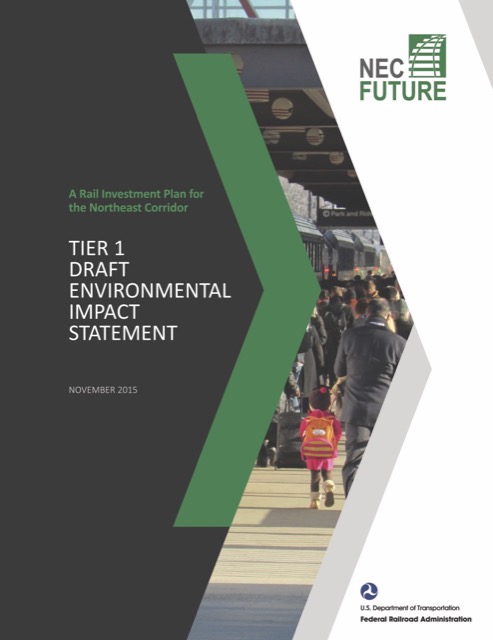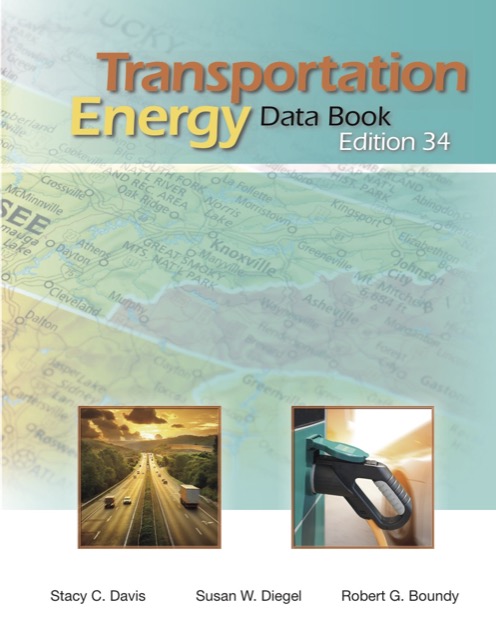As a part of his 2017 budget proposal, Secretary of Transportation Anthony Foxx proposes to spend $4 billion on self-driving vehicle technology. This proposal comes late to the game, as private companies and university researchers have already developed that technology without government help. Moreover, the technology Foxx proposes is both unnecessary and intrusive of people’s privacy.
In 2009, President Obama said he wanted to be remembered for promoting a new transportation network the way President Eisenhower was remembered for the Interstate Highway System. Unfortunately, Obama chose high-speed rail, a 50-year-old technology that has only been successful in places where most travel was by low-speed trains. In contrast with interstate highways, which cost taxpayers nothing (because they were paid for out of gas taxes and other user fees) and carry 20 percent of all passenger and freight travel in the country, high-speed rail would have cost taxpayers close to a trillion dollars and carry no more than 1 percent of passengers and virtually no freight.
The Obama administration has also promoted a 120-year-old technology, streetcars, as some sort of panacea for urban transportation. When first developed in the 1880s, streetcars averaged 8 miles per hour. Between 1910 and 1966, all but six American cities replaced streetcars with buses that were faster, cost half as much to operate, and cost almost nothing to start up on new routes. Streetcars funded by the Obama administration average 7.3 miles an hour (see p. 40), cost twice as much to operate as buses, and typically cost $50 million per mile to start up.









